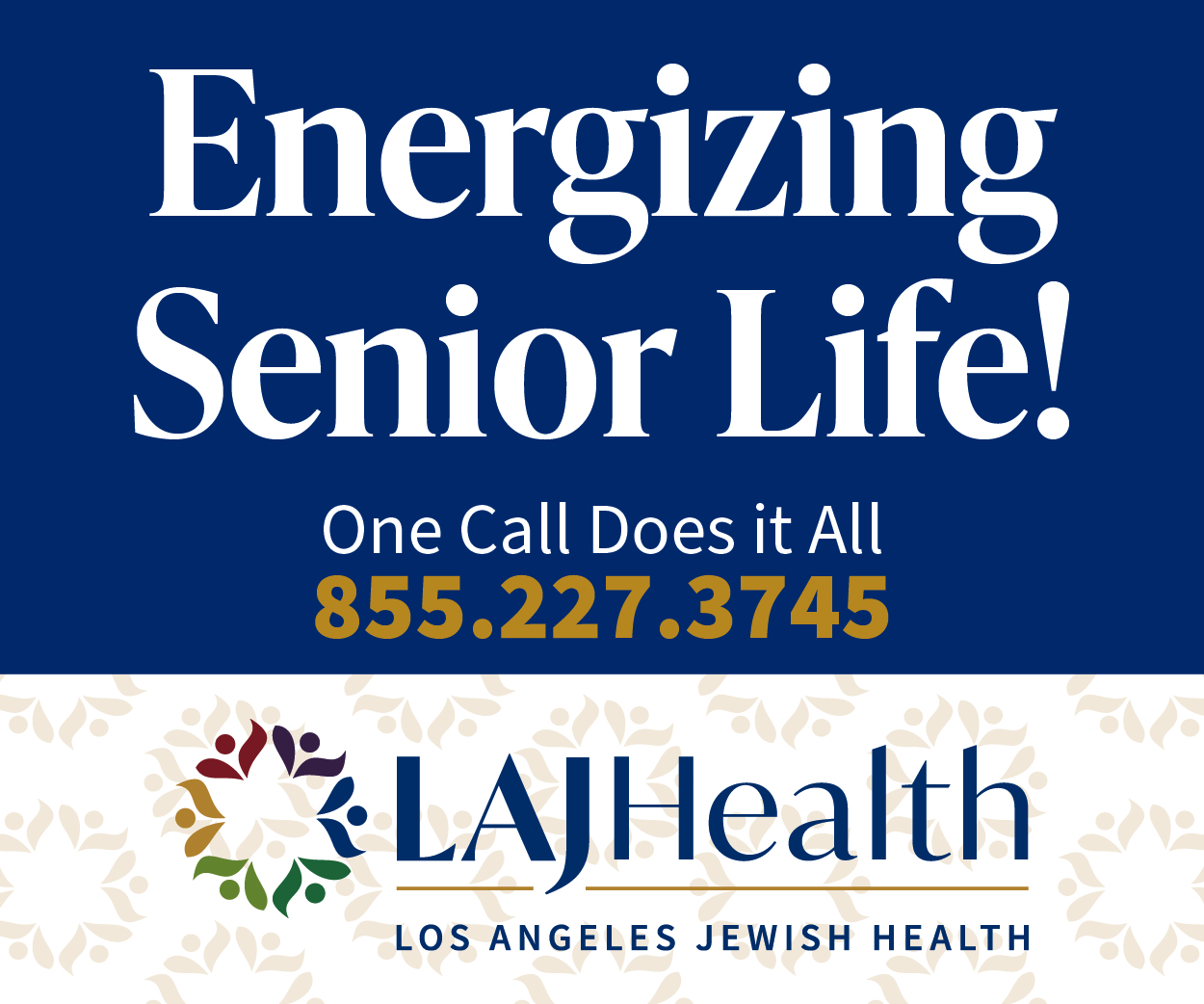LOADING
Previous Article
I’m Sick of Reflecting
Next Article
Mishegoss – Giving
You Might also Like

I’m Sick of Reflecting
September 6, 2022

Get Inspired The Jewels of Elul
September 6, 2022

Senior Spotlight Class of 2022
June 21, 2022

Your Bar Mitzvah Suit is a Step in Tradition – Rudnick’s
June 20, 2022








































